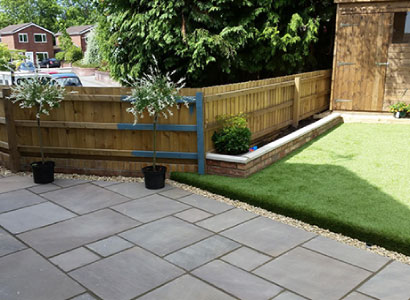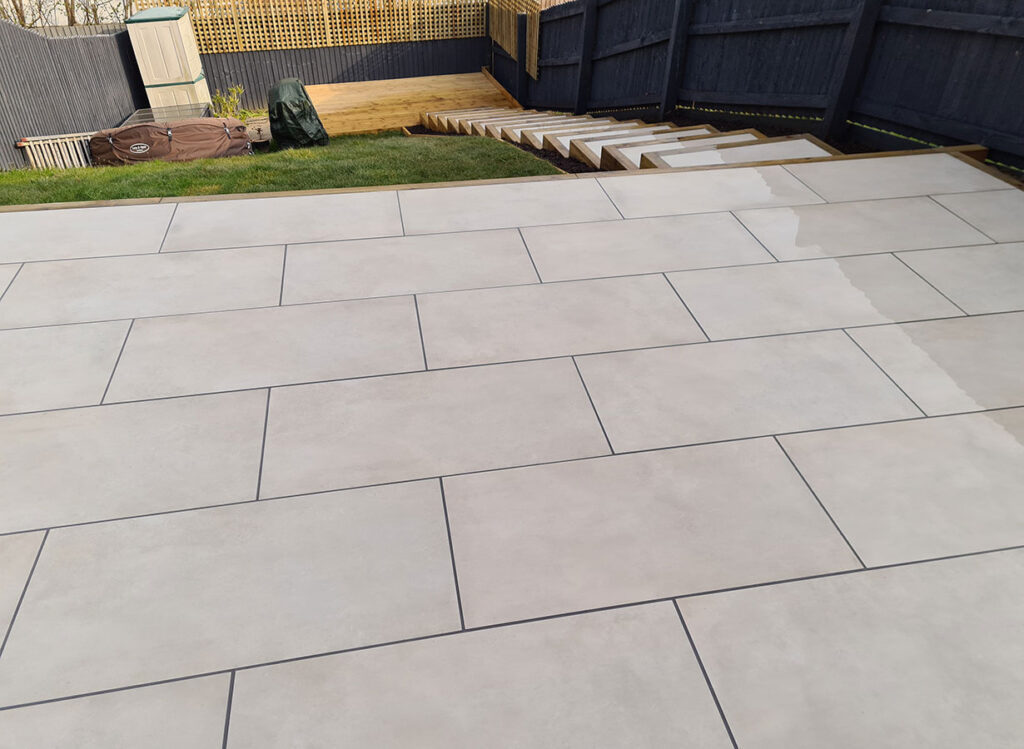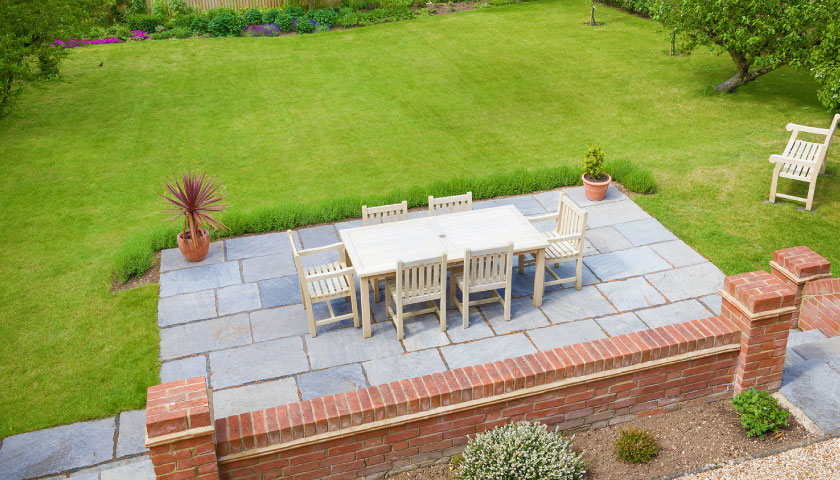The world is changing, and so are gardens. From mossy ruins to pumpkin patches, the traditional garden has evolved into something new. As you explore ways to spruce up your outdoor space, don’t forget about the importance of creativity and personal touches!
The modern gardener is no longer content with a simple lawn or a single flowerbed in front of their house; they want their garden to be an extension of themselves. The old-school idea that gardening is “women’s work” is gone for good: now it’s seen as the perfect opportunity for self-expression. This article explores some creative options in paving materials and shows how you can make your garden uniquely yours!
Ideas for Paving Your Garden
Cobblestone Paths And Walking Areas
A classic way to separate one area from another, cobblestone walks can be as formal or as rustic as you want them. For a clean-lined look, go for uniform pieces of slate that have been cut into flat slabs. There are many websites that sell this type of stone for a reasonable price, and it can be laid out in a pattern or as an all-over cover.
If you want to create a more naturalistic feel, choose rounder stones from your garden, weed patch or borrow some from the local river bank (just make sure they’re not going to displace any rare plant life or wildlife!). You can lay them out in a random pattern that contrasts with the plantings around it, or create a kind of mosaic design.
Gravel Paths And Around The Edges Of Your Garden
With its innovative and high-tech approach to paving materials, gravel may seem like an unlikely choice for your garden. But while asphalt and concrete are difficult to alter, gravel allows you to easily change your garden’s layout without putting down new turf or concrete.
Gravel can be laid on its own or mixed with organic material to form a more solid base that will keep weeds from attacking the roots of your plants. As gravel is non-absorbent, it is ideal for creating walkways around flower beds and other areas where you need to protect plants from moisture loss. It’s also perfect for creating an easy-to-mow lawn while you’re away on vacation.
Turf Grass Areas Around Your Garden

Typically laid in an interlocking pattern, grass turf can be used to cover larger areas of your garden or just to create a low border around the edges that will contain it and cut down on weeds. Most turfgrass comes in a roll and is available at any garden centre or hardware store. You can lay it yourself, or hire a landscaping company to do the work for you.
Take the time to prepare your soil bed before laying out turf grass. This will make sure that the roots get off to a good start and will prevent weeds from coming up while the grass is still young.
Sand As An Alternative To Grass Lawns
Ensure that you use either fine-grain sand or pea gravel as the base material for your lawn; otherwise, weeds will sprout and the pattern won’t be as defined. As any child who’s ever made a sandcastle will know, it’s best to put down plastic sheeting first and then the gravel; otherwise, you could end up with weeds growing through your new lawn!
A simple ornamental touch like this is great for anyone, whether they live in the countryside or a city. It’s also a great way to make your garden more kid-friendly and safe, as sand is much less damaging than turf (although you’ll probably want to invest in some slip mats for any stairs).
To prevent weeds from growing up through your sand lawn, it’s a good idea to cover it in weed-control fabric and then put down another layer of sand on top. The fabric stops the weeds from growing, while the sand gives your lawn enough grip to stand up against people walking over it.
Which Is The Best Paving Solution For Your Garden?

There is no one-size-fits-all answer to this question, as the best paving material for your garden depends on your personal tastes and the layout of your space. But here are a few tips to help you decide:
- If you have a large garden with plenty of room to spare, go for something that will make a big impact, like a cobblestone path or a gravel lawn.
- If you’re short on time or don’t want to deal with regular upkeep, turfgrass is the best option – just make sure you get a quality roll from a reputable supplier.
- If you want to add some colour and texture to your garden, try using different types of stone for your path or driveway.
- If you’re lucky enough to have a view that might be spoiled by paving, go ahead and skip it altogether – there are plenty of other options available, like grass or moss.
Choosing the right paving material for your garden isn’t just about aesthetics; it’s also about practicality. A cobblestone path might look stunning, but it’s not exactly wheelchair-friendly. So think about what your desired end result is before you choose your paving material – and consider the space available to you as well as how much time you want or are able to put into landscaping. It can be a lot of fun bringing your ideas to fruition and you’ll be thrilled with the result.
There are many different ways that you can spruce up your garden with creativity and personal touches. You can use gravel, turfgrass, sand, or stone to create pathways and lawns in your garden. Whichever material you choose, be sure to prepare the soil bed before laying it out. We hope that this article has given you some ideas about how to make your garden more beautiful and kid-friendly.








Add Comment